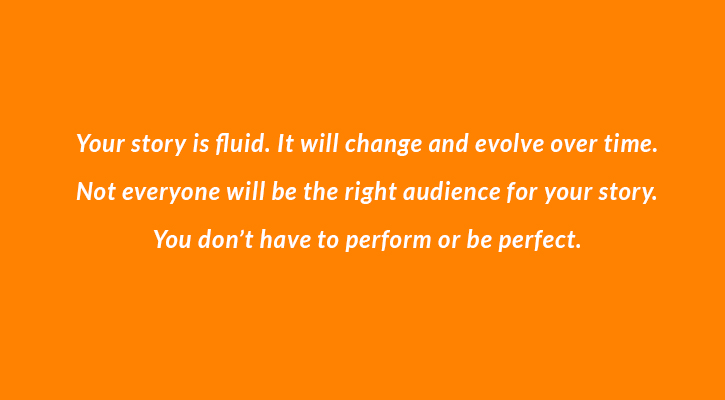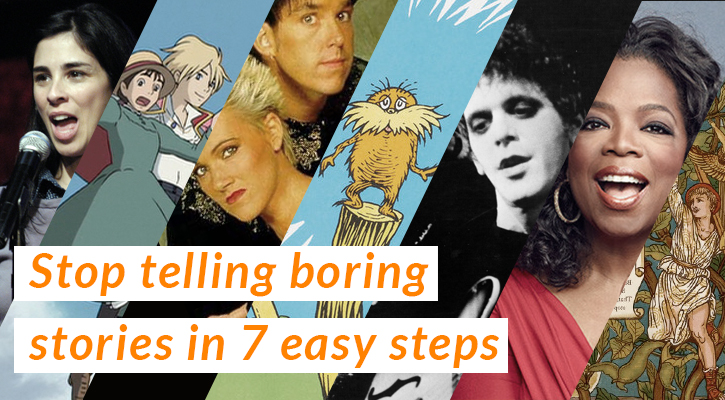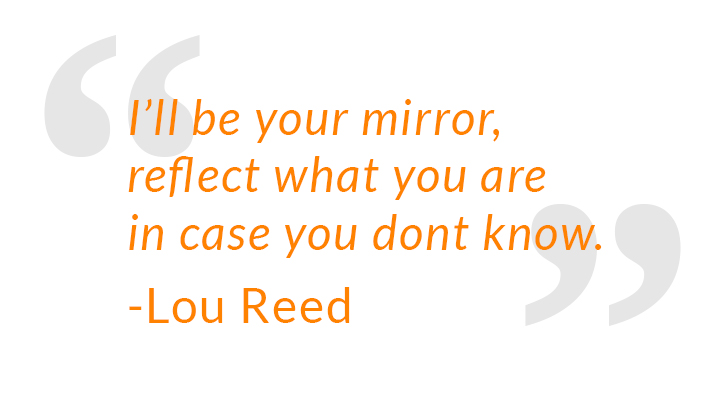“Getting Real” at The Storytelling Non-Profit Virtual Conference 2016
Two writers from our intrepid Creative Team, Shefali Rao and Amy Adsley, recently attended the 2016 Virtual Storytelling Non-Profit Conference (TSNP) this past month. To help you improve your own storytelling, here’s their take on two of the standout sessions they attended. Enjoy!
Shefali on “Personal Storytelling for Social Change”
Your story matters
It’s so easy to forget that people make up your organization, and that their stories are incredibly important too. I tuned in to a session titled “Personal Storytelling for Social Change” by Vanessa Chase Lockshin, Founder of the Storytelling Non-Profit, and realized you can – and should – use your personal narrative for the greater good. From why it’s important to how to craft it, she offered some useful tips!
Why tell your story?
It evokes humanity. Philanthropy translates to “love of mankind” and personal stories are a powerful way to encapsulate what it means to be human. People will understand your organization’s mission more with a better sense of who you are and where you’ve come from.
Values inspire action. We tend to overlook a simple fact: people are influenced by other people. Social change is about putting our values into action, and that action is often inspired by others. Too often, fundraisers take themselves out of the picture, when really, their stories could be the picture.
What next?
How you tell it is entirely up to you, but the webinar did offer some great ways to get started. First, focus on your most important memories – anything that stands out, big or small, can go into the mix. Then, ask yourself why you work at your organization, and why you’re committed to its mission. Eventually, it’ll fall into place!

Remember, fluidity is key and it doesn’t have to be perfect. If anything, people tend to seek out authentic narratives, not slick ones. With real stories, the organization is no longer a giant, faceless entity – but one the donor can actually share a connection with.
Amy on “Stop Telling Boring Stories in 7 Easy Steps”
Meanwhile, at another session entirely… I (Amy) was fortunate enough to stop in and hear Sheena Greer (Colludo) speak on avoiding the most dreaded of all storytelling nightmares, in her session “Stop Telling Boring Stories in 7 Easy Steps.”
What makes a story boring, you ask? A lot of things.

Sheena listed a few reasons, but what all boring stories have in common is their ability to leave the reader thinking “So what?” After all, if you can’t get your reader to care about what you’ve just said, it’s doubtful you’ll be able to convince them to donate.
So to avoid the “big snooze” in your stories, Sheena advised drawing from sources that inspire you in everyday life. Here are 7 that she uses in her own storytelling – and the key takeaways you can learn from them:
- Think like a comedian
Use observation and empathy. Your favorite stand-up comedians take relatable situations, and then they turn them on their heads. What can we learn from this? In Greer’s terms “be fascinated with the ordinary.” Giving your readers a new perspective on familiar experiences in your stories will resonate. - Think like Hayao Miyazaki.
Miyazaki is great at building beautifully complex characters. Your nonprofit and your readers exist in an equally complex world – so why not tell a story that reflects this? Real people are not one-dimensional, they have “subtle idiosyncrasies” and “relatable flaws.” When you are writing for your nonprofit, remember to tell a story that is well-rounded and authentic. - Think like Roxette
Learn rhythm in your stories. We enjoy pop music because it’s catchy and yes, sometimes repetitive. So like any good pop song, craft your story with a fun hook, a familiar flow and “moments that give you that lump in your throat.” - Think like Dr. Suess.
The takeaway here… why, it’s the best thing you can do. “Simplicity always” and “destroy jargon” through and through. (See what I did there?) - Think like Lou Reed
 Tell your story with your donors’ worldview in mind. If you understand how your readers perceive the world, then you’ll better understand how to build an argument they can relate to and, as a result, compel action.
Tell your story with your donors’ worldview in mind. If you understand how your readers perceive the world, then you’ll better understand how to build an argument they can relate to and, as a result, compel action. - Think like Oprah
Like the great Oprah herself, your nonprofit should be “the helper” in connecting your donors to your cause. Your stories are a great way to do this by giving readers a deeper look into your organization’s mission. Remember, your nonprofit’s stories give tangible reasons for someone to join the good fight! - Think like “Jack”
In other words, think like your favorite childhood storyteller. Remember what it was about your grandmother or cousin that made you love their stories as a kid and draw inspiration from it!
But the easiest thing you can do to avoid telling boring stories? Take notes the next time you hear a great one! Whether it comes from a famous comedian or your next-door neighbor, if you’re not left wondering “So what?” by the end, their skills are worth paying attention to.
In a nutshell:
Our main spotlight from the TSNP Conference was this: capturing an authentic voice in your stories that readers connect to may seem like a daunting task, but the key is to not overthink it. Remember, the best stories are the real ones… and those are all around you!

